Media | Articles
2021 Bull Market List: 10 collectible cars (and one motorcycle) on the upswing this year
Hagerty ardently upholds the philosophy of “buy what you love.” When that love intersects with cars that are appreciating, so much the better—you might just be able to buy what you love and also drive it for free, which is surely proof of a well-lived life.
Over the past four years, that’s what Hagerty’s Bull Market list has been all about highlighting fun cars, across a variety of budgets and tastes, that we believe are poised to rise in value over the next 12 months. This isn’t a get-rich-quick list for flippers; it’s a tipsheet to help enthusiasts get their cake and maybe eat it, too. And it’s informed by our analysis of all the market data Hagerty has at its disposal.
This year’s collection is as varied as any we’ve ever assembled. Its diversity reflects how easy social media has made it to discover, learn about, and fall in love with vehicles from nearly every age. The number of later-model cars is also a reminder that the past two decades have been a renaissance of sorts for design and performance.
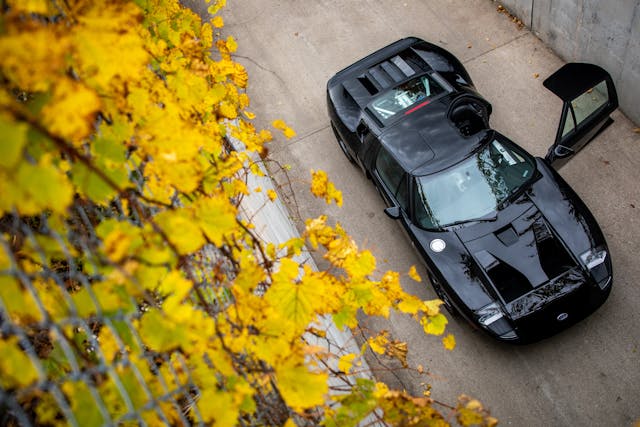
The choices encompass three main groups. First, niche vehicles ready for wider recognition, including the Honda S600 and S800, the Volkswagen Vanagon, the Toyota Land Cruiser FJ80, and the early sandcast Honda CB750 motorcycles. Then, we have some (not quite) forgotten favorites ready for their comeback tours, including the Jaguar XK 120, Ferrari Testarossa, and the Ford GT. Finally, we showcase some newer cars that are accelerating out of their depreciation curves, namely the Aston Martin V8 Vantage, Lexus LFA, Audi TT, and Jeep Grand Cherokee SRT8.
Forecasting is always risky, as was so abundantly proved by the year 2020, when the world grappled with waves of unforeseen events starting with a pandemic. We are all aware that there are no guarantees, which brings us back to the “buy what you love” mantra. If you look at this list and see something you’d love to own, then you’re ahead of the game. The joy you’ll receive is an automatic hedge against the financial risk inherent with any major expenditure. Consider it an emotional dividend, one that just might be joined by a financial one when you decide to sell.
Marketplace
Buy and sell classics with confidence
2012 Lexus LFA
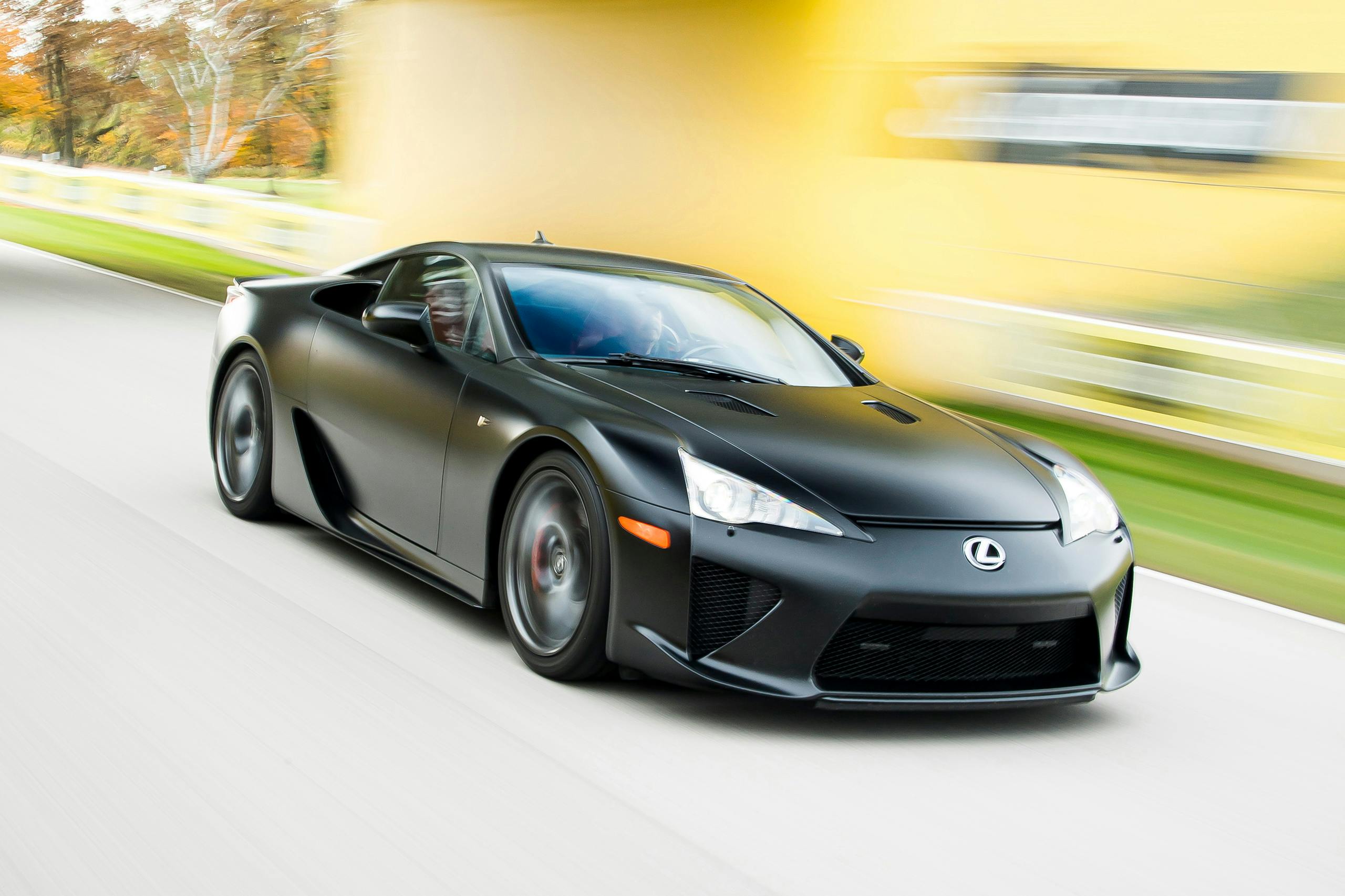
History repeats itself, sometimes gloriously. In the mid-1960s, Toyota commissioned Yamaha to produce 351 copies of the slinky 2000GT, then abandoned premium sports car making to the Europeans. Starting around 2000, Akio Toyoda, the grandson of Toyota’s founder, personally oversaw a 10-year vanity project to produce a sequel. After some false starts, old friend Yamaha was called in, and the $375,000 Lexus LFA enjoyed a run of 500 units. Again, except for the styling, which influenced later Lexus models, the LFA was a dead end.
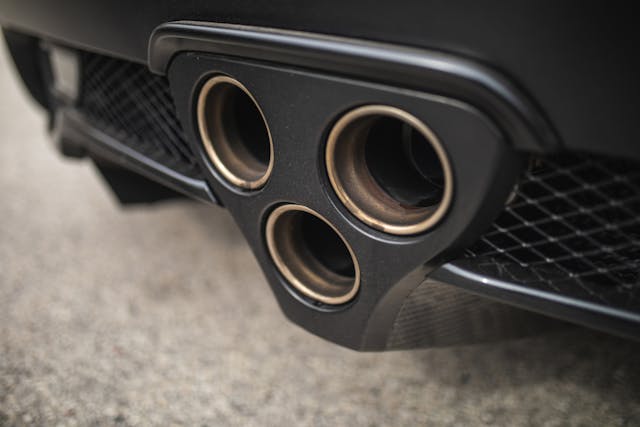
Its backstory should make the LFA just a curious footnote of history, but its technical specs and performance make it a super sports car with star power. Who could forget the mesmerizing video of the giant circular braider that Toyota invented (Grandpa Toyoda started as a loom maker) to weave black carbon-fiber strands into LFA parts? The 553-hp, 4.8-liter V-10 in front and the single-clutch paddle-shift auto in back evoke the F1 cars that Toyota campaigned in the 2000s, the 1LR-GUE V-10 being as charismatic a powerplant as any dropped into a Euro-crumpet. At its 9000-rpm redline, the engine screams bloody murder through its three exhausts while delivering 60 mph in 3.7 seconds.

Weird and innovative, with an early use of all-digital thin-film-transistor screens for gauges, the LFA came and went almost without notice—except for a few connoisseurs, including J.R. Smart, himself the grandson of an auto dynasty as Wisconsin’s oldest Toyota dealer. This, the 453rd LFA, is supposedly the only one painted flat black by the factory, a $20,000 option. It skulked around as a snarling feline shadow, its deployable spoiler moving in rhythm with the speed. If Toyota sticks to form, a successor won’t appear until 2035, meaning the LFA won’t be upstaged for a long time. –Aaron Robinson

2012 Lexus LFA
Engine: 4.8-liter V-10
Transmission: 6-speed automatic
Power: 553 hp @ 8700 rpm
Torque: 354 lb-ft @ 6800 rpm
Weight: 3500 lb
Power-to-weight: 6.3 lb/hp
Price when new: $350,000
Hagerty #2 value*: $558,000–$582,000
*What’s a #2 value, anyway? A vehicle in #2 condition is excellent but not perfect. It has only minor flaws and could win a local show but not a national one.

Highs: Only 500 made; a 9000-rpm redline; if Godzilla and a PlayStation got together to make a car, this would be it.
Lows: An orphan with no real community; a dealer that can service one may be far; single-clutch trans was outdated by dual-clutch boxes.
THE HAGERTY VALUATION TEAM SAYS:
Interest in and quotes for the LFA have been rising, as have its values, up 18% last year and 43% since 2018. They are also starting to change hands more frequently: Since 2019, more have appeared at auctions than all the previous years combined.
2006–10 Jeep Grand Cherokee SRT8

Given the widespread application of FCA’s current 6.2-liter supercharged V-8, most recently in the Ram TRX and Dodge Durango, it looks as if the company won’t rest until even its warehouse forklifts have Hellcat engines. Way back in 2006, though, the Grand Cherokee SRT8 was only the 11th project to roll out of Chrysler’s SRT (Street and Racing Technology) development center. It was also the first Jeep product to receive the SRT growth serum. They bored the Grand Cherokee’s 5.7-liter Hemi into a 6.1-liter, 420-hp monster delivering 420 lb-ft of torque. Forget the wide tires, road-grader valance, and lowered ride height—the best visual give-away was a pair of exhaust pipes poking out of the rear bumper where a trailer hitch would otherwise mount. Sure, this thing could haul.

Rather than transporting the Grand Cherokee SRT8 to Road America, we decided to drive it up from its home in Milwaukee. As anticipated, it was a rougher ride than that of your typical Grand Cherokee. Wisconsin’s freeze-thaw expansion joints felt like speed bumps under its stiffer springs and 20-inch wheels. All that said, comfortable seats, ample cabin space, and a proper amount of natural exhaust roar (no piped-in malarkey) are definite road-trip fodder.
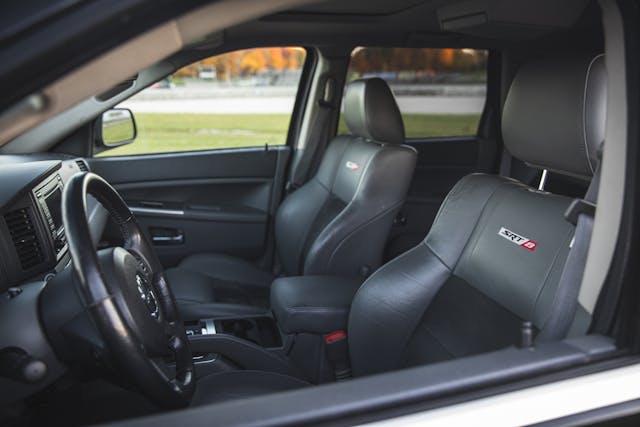
Once at Road America, the Jeep was able to show off. Despite the nearly 2.5-ton heft, the truck goes and turns. New, it was faster to 60 mph than a Porsche Cayman S—not to mention half the price of Porsche’s Cayenne Turbo. But when your foot meets the loud pedal, all the numbers are a distant thought. As you blast around Road America, that behemoth Hemi bellowing, it’s easy to see why these SRT Jeeps are still in high demand. –Cameron Neveu

2007 Jeep Grand Cherokee SRT8
Engine: 6.1-liter V-8
Transmission: 5-speed automatic
Power: 420 hp @ 6200 rpm
Torque: 420 lb-ft @ 4800 rpm
Weight: 4800 lb
Power-to-weight: 11.4 lb/hp
Price when new: $39,700
Hagerty #2 value: $29,500–$36,600

Highs: Makes beautiful noises; cheaper than a Trackhawk; plenty of grocery space.
Lows: Loves the gas; stiff ride; less than half the towing capacity of a Silverado.
THE HAGERTY VALUATION TEAM SAYS:
Jeep Grand Cherokee SRT8s are increasingly sought after, with price guide values up an average of 15% from 2018 to 2020. They’re also becoming harder to find in good condition.
1984–91 Ferrari Testarossa

Low, wide, and menacing, with two huge cheese graters on each side, Ferrari’s long-awaited replacement for the 512 Berlinetta Boxer was a departure for the Maranello boys, who solidly leaped into the 1980s with this brash new supercar. Designed by Pininfarina, the TR was decidedly slippery, with a drag coefficient of 0.36. Combined with a naturally aspirated 380-hp, 4.9-liter flat-12 and its quad cams, 48 valves, and dry-sump lubrication, the TR was a potent package. The dash to 60 mph was just over five wailing seconds away, and 180 mph was available up top.

The press swooned, and well-known celebrities lined up, including Pete Rose, Elton John, Rod Stewart, Dr. Dre, MC Hammer, and Mike Tyson. A TR’s inclusion on three seasons of Miami Vice really cemented the model’s position in the ’80s landscape. Enzo Ferrari was such a fan of the show that he gifted one to its star, Don Johnson. Oh, il Commendatore, you so crazy! But fame aside, the 1984–91 Testarossa is simply a great car. Sure, they are more of a grand tourer than a track terror, but such is the beauty of a mid-engine 12-cylinder machine with real air conditioning and a trunk. These things shrink distances like nobody’s business.

Yet, as with most great things from the 1980s, the TR fell out of favor in the following decades, with values bottoming south of $50K in the early 2000s, before appreciating to a peak of $150K in 2017. They then tumbled a bit before 2020, when values jumped back up 8.6 percent. We’ve now seen a few sales at figures higher than in 2017, the latest being a 1991 model selling for $190K in October 2020. With the huge collector movement toward cars of the 1980s and ’90s, the pop-culture and poster-car sensation Testarossa is on the move again. –Colin Comer
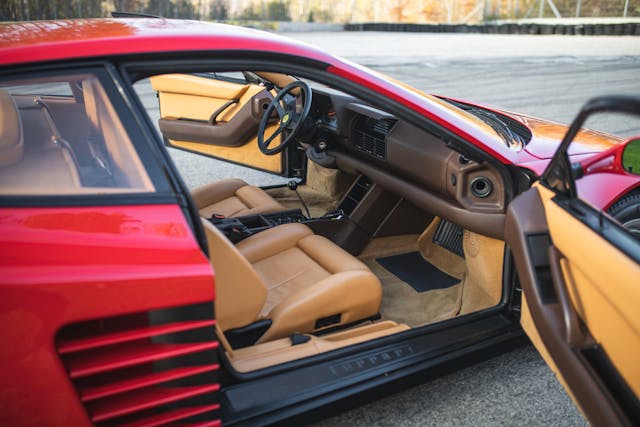
1990 Ferrari Testarossa
Engine: 4.9-liter flat-12
Transmission: 5-speed manual
Power: 380 hp @ 5750 rpm
Torque: 354 lb-ft @ 4500 rpm
Weight: 3800 lb
Power-to-weight: 10.0 lb/hp
Price when new: $164,950
Hagerty #2 value: $96,000–$108,000

Highs: As impressive at high speeds today as they were in 1984; a usable, livable, 12-cylinder Ferrari supercar.
Lows: Required engine-out service efficiently vacuums the wallet; beware of 1990s speed paired with 1980s braking ability.
THE HAGERTY VALUATION TEAM SAYS:
We’ve seen moderate growth in interest among both boomers and millennials for Ferrari’s 1980s icon. Price guide values dropped 3.7% from 2018 to 2020, but they have rebounded over the past year by 8.6%. Interest from investors appears to be picking up again.
2005–17 Aston Martin V8 Vantage

Tweedy Aston Martin took a trip downmarket in 2005 with a new V8 Vantage that quickly proved to be Aston’s best car at the time—a good thing because its base price of $110,000 threw it directly into the path of the Porsche 911. Perhaps this is why Aston’s then-company CEO, Ulrich Bez, himself a Porsche alum, demanded that the “cheap” Aston have real driving bona fides, including a riveted and glued aluminum frame and a massaged 4.3-liter, dry-sump, 7000-rpm version of the 4.2-liter V-8 from Jaguar. For 2009, it was enlarged to 4.7 liters, making 420 hp.

Within that gorgeous slip of a bod, Aston pushed the engine behind the front axle and lodged the available six-speed manual transmission in the rear. This gave the Vantage a slight rear-weight bias that, combined with deft chassis tuning, produced a thrilling British road eater with heavy Italian overtones. Whether you opt for the early model or the later 4.7-liter car, which is rarer and offers improved driving dynamics thanks to retuned steering and suspension, the fact that these Vantages can be snapped up so inexpensively nowadays is both a travesty and a blessing to enthusiasts.

When Jeff Fait spotted one on a dealer website, he couldn’t believe the circa-$50,000 price for a clean, 11,000-mile example. OK, Fait had to put a clutch in, a job he and a mechanic friend did themselves. And some Googling produced DIY fixes for various electrical fritzery. He also lowered and stiffened it.
The result: more suspension starch than Aston intended for this GT, but a car that attacks turns with a ferocious flatness as the V-8 bellows out a feral roar. Sure, you could have a 911 and all the attendant Porsche cult, but the Aston is a true exotic soaked with character. And character will never go out of style. –Aaron Robinson

2007 Aston Martin V8 Vantage
Engine: 4.3-liter V-8
Transmission: 6-speed manual
Power: 380 hp @ 7300 rpm
Torque: 302 lb-ft @ 5000 rpm
Weight: 3600 lb
Power-to-weight: 9.5 lb/hp
Price when new: $110,000
Hagerty #2 value: $45,000–$52,500

Highs: Pinup good looks; sounds and handles Italian; you can’t be James Bond, but you can drive his car.
Lows: Requires regular service with the Lucas Replacement Smoke kit.
THE HAGERTY VALUATION TEAM SAYS:
The baby Aston has consistently outperformed the trend in year-over-year value growth. And it appeals to the young, with quotes up 50% among millennials. The fact that its replacement was turbocharged may be helping buyers appreciate the older model, too.
1964–70 Honda S600/S800

Perhaps befitting a motorcycle maker, Honda’s first four-wheeler was a sporty, petit-chic roadster with a Lotus-like swagger and a miniature four-cylinder engine that stole the Tokyo Motor Show in 1962. Unlike the MG Midget and Triumph Spitfire, against which they were often compared, Honda’s Sports 360 and larger-bore Sports 500 were as odd as they were hugely sophisticated. Lazing to the left at a 45-degree angle, the cast-aluminum engine sported double-overhead cams and a crankshaft that was press-fit together from six pieces so that it could turn in roller bearings. An expansive trunk was supposedly the rationale for the car’s oddly retro chain drive. Instead of a conventional axle, the short prop shaft terminated just behind the seats at a differential bolted directly to the body. From there, shafts fanned out sideways to a pair of aluminum cases that served both as rear suspension trailing arms and housings for the oil-bath drive chains.

As disruptors do, Honda didn’t sit still. In 1966, it added a hardtop coupe and bumped the engine to 606 cc. Owner Peter Cunningham believes the 9500-rpm redline on his spotless two-owner S600 makes it the highest-revving production road-car engine ever made. Only 57 horsepower results, but the snarls are pure joy. You squeeze into this 1600-pound peanut like a circus bear, and everything feels light and delicate, as if it might come off in your meaty paws. But the exquisite fit and finish echoes those of a contemporary Nikon.

Honda kept hustling, growing the engine again to 791 cc (still less than a single cylinder of a Hemi 426) and replacing the chains with a conventional solid axle. But by 1970, the company was done and moving on, while the aging Midget and Spitfire soldiered on for another decade. Which pretty much says it all. –Aaron Robinson

1966 Honda S600
Engine: 0.6-liter I-4
Transmission: 4-speed manual
Power: 57 hp @ 8500 rpm
Torque: 38 lb-ft @ 5500 rpm
Weight: 1600 lb
Power-to-weight: 28.1 lb/hp
Price when new: $1600
Hagerty #2 value: $29,500–$38,500

Highs: Obnoxiously cute; a likely loner at the cars and coffee; spirited if not fast.
Lows: Parts are scarce; drum brakes; it helps to be short; intimidating in traffic unless everyone else is on a skateboard.
THE HAGERTY VALUATION TEAM SAYS:
Japanese cars long ago hit the collector car mainstream and became “expensive.” The Honda S600/800 is rare, but the number of Hagerty policies is up 38% and values are up 8%. The prices keep rising, even as the number of cars changing hands is also increasing.
1980–91 Volkswagen Vanagon Westfalia

Drive around the Pacific Northwest for even a single afternoon and you’ll probably meet a few VW Vanagons. America’s mountainous corner of firs and rain has long favored items both practical and durable—witness the region’s affection for flannel and old Volvos, as well as other affordable ways to reach the area’s remote beauty. The Vanagon fits the template to a T, its appeal only sweetened by a purposeful, trundle-along charm.

Volkswagen’s family-hauling van-wagon with the portmanteau name launched in 1980 as a replacement for the company’s iconic T2-chassis Bus. Tall and boxy, with a rear-mounted flat-four, the T3 came in a variety of configurations, from cargo van to people hauler to, most famously, a clever, space-efficient, pop-top Camper. Each iteration had its own appeal, but as with the T2, the Camper hit a sweet spot. The model’s built-in cabinets, table, bunk, and available kitchenette were enough for two people or a small family to travel overnight in remarkable comfort, while the Vanagon’s car-size footprint made for easy parking on city streets and in most suburban garages.

It ain’t fast, but with a high center of gravity and a driver’s seat perched over the front wheels, you don’t really want to go quickly anyway. Syncro all-wheel drive was available, and for the U.S. market, a 67-hp, 2.0-liter air-cooled flat-four and four-speed manual sufficed at launch. This was followed by diesel and automatic options, plus later water-cooled flat-fours with more urge.
Steven Manning’s 1982 Westfalia Camper is his second, owned since 1997. His longest camp so far is a week, which he doesn’t consider very heroic for a Vanagon. “It’s like being on a boat. You have to love each other, but there’s a place for everything.” –Sam Smith

1982 Volkswagen Vanagon Westfalia
Engine: 2.0-liter flat-4
Transmission: 4-speed manual
Power: 67 hp @ 4200 rpm
Torque: 101 lb-ft @ 3000 rpm
Weight: 3500 lb
Power-to-weight: 52.2 lb/hp
Price when new: $9540
Hagerty #2 value: $27,000–$36,000

Highs: “Young-timer” vehicles are a thing now; immediate respect at any cars and coffee; Syncro models are capable enough to get you lost.
Lows: Don’t expect to get one off the line quickly; poor fuel economy for a road-tripper; Sprinters are bigger and likely more reliable.
THE HAGERTY VALUATION TEAM SAYS:
These are becoming popular additions to collections. Among Hagerty customers, Vanagon Campers added to collections of five or more cars grew by 25% in the last year. Syncro models command a premium, with the average #2 condition Syncro Camper bringing 43% more.
2005–06 Ford GT

This is a rearview mirror car, meaning that only with hindsight does the original $150,000 sticker seem like a bargain. Ford’s nostalgia play on the 1966 GT40 that brought the company Le Mans glory now regularly trades for more than twice the original price, and according to our valuation experts, it’s only going up.
Even though I tested a prototype while working at Car and Driver, I have to admit, I didn’t see this coming, either. Sure, Ford’s brilliant update of the design by Camilo Pardo gave all the feels required, and with 550 supercharged V-8 horsepower, it delivered 60 mph in 3.3 seconds and a claimed 205-mph top speed. But when it was new, it felt too clinical, perhaps a bit too numb behind the wheel. Plus, Ford planned to build over 4000 copies, so we all thought the world would move on after it stopped being the newest thing, as with most modern supercars. That the car was never raced by Ford didn’t help.

However, buyers didn’t park their GTs—they used them. Owner groups immediately emerged and created DIY forums, tours, and shows. Tuners found that the engine was stout enough to bolt on turbos or larger superchargers without requiring a rebuild, and they drew headlines with 1000-hp setups. A community formed around this durable, usable sports car. More recently, the Ford v Ferrari movie and the new-for-2017 GT have added more wind to the car’s sails. The new GT’s half-million-dollar price and the fact that it’s only available with an automated dual-clutch transmission and twin-turbo V-6, not a V-8 with a manual, have only lifted the old GT’s values.

When I drove an original GT40, I realized how faithfully Ford captured the old essence in the GT, not only in appearance but in feel and sound. The analog GT therefore strikes the balance between the too modern and the too ancient. –Larry Webster

2006 Ford GT
Engine: 5.4-liter V-8, supercharged
Transmission: 6-speed manual
Power: 550 hp @ 6500 rpm
Torque: 500 lb-ft @ 3750 rpm
Weight: 3500 lb
Power-to-weight: 6.4 lb/hp
Price when new: $150,000
Hagerty #2 value: $337,000–$395,000

Highs: The GT40 will always be cool, and so will the GT; reliable powertrain parts; the sound, good lord, the sound.
Lows: Everyone bonks their head on the doors; desirable paint schemes are crazy expensive now.
THE HAGERTY VALUATION TEAM SAYS:
While GT values have been pretty much flat the past two years, we’ve seen above-trend interest from three generations of buyers, including boomers, Gen Xers, and millennials. Born of boomer nostalgia, it appears to be a design that transcends age brackets.
2000–06 Audi TT Quattro

When Audi debuted its TT concept at the 1995 Frankfurt show to much approval, anticipation for the mini sports coupe grew as the new millennium neared. Surely, though, mass production would dilute the arresting, Freeman Thomas–penned design, wouldn’t it? When the ball dropped, that giant exhale heard in 2000 was relief not only that the world did not end with Y2K, but that the Audi TT was in stateside showrooms bearing few changes from the concept. It offered fresh design and competent performance at a price that undercut the Porsche Boxster, Mercedes-Benz SLK, and BMW Z3.

Buyers could select coupe or convertible, front-drive or Quattro all-wheel drive, and a 180-hp or 225-hp turbocharged inline-four-cylinder sitting sideways in the bang bay (a 3.2-liter V-6 arrived in Quattro models in 2003.) Hagerty member Paul Vatter supplied his coupe to us, and with its chop-top Beetle profile, large circular wheel wells, and stretched grille, the TT still invites stares. Brushed-aluminum interior accents, exposed screw heads, and a skeletal center console sandwiching the flickable five-speed are among the TT’s many design elements that others so vigorously copied.

The short wheelbase hinted at its VW Golf guts, and the relaxed zip proves the TT is more sweet than it is sinister. Vatter drives his coupe daily, and it’s not hard to see why: It is a joy, with balanced handling despite the front-drive, plus comfortable front seats.
Audi is likely phasing out the TT after 2021 in favor of more crossovers, which is a bummer because the design remains a head-turner. More than two decades later, the first-generation TT looks as good as the day it was conceived, refusing to be lost among our highly capable Road America fleet. –Cameron Neveu

2000 Audi TT Quattro Coupe
Engine: 1.8-liter I-4, turbocharged
Transmission: 5-speed manual
Power: 180 hp @ 5700 rpm
Torque: 173 lb-ft @ 4700 rpm
Weight: 2900 lb
Power-to-weight: 16.1 lb/hp
Price when new: $30,500
Hagerty #2 value: $10,500–$16,000

Highs: Small buy-in, big fun with this travel-size sports car; timeless design.
Lows: Back seats made for dolls; minor turbo lag; typical understeer in FWD models.
THE HAGERTY VALUATION TEAM:
Hagerty has seen an increase of 58% in quoted Audi TTs among boomers, even as the car draws interest from younger generations. Notably, the number of people checking out TT values using the Hagerty Valuation Tool was up 175% over the past six months.
1948–54 Jaguar XK 120

In May 1949, on a Belgian motorway and under the watchful eyes of a handful of British engineers, a factory-owned Jaguar XK 120 went more than 132 mph. The act verified the car as the world’s fastest production automobile and served as notice of arrival. In the decades that followed, versions of the 120’s torque-rich, 160-hp twin-cam straight-six won Le Mans five times, powered Jaguar’s epochal C- and D-Type sports racers, and motivated multiple generations of the XJ6, one of the greatest luxury cars in history.

Jaguar’s first postwar sports car was something of a gamble, a flashy move initially intended as a development exercise for a coming high-performance sedan. Remarkably, Coventry management held doubts as to its potential, fearing a car like this wouldn’t sell. Nonetheless, a staggering combination of refinement and performance drew admirers, especially in the critical export markets.
Most of all, however, the thing was good old elegant fun. XK 120s handle like they look, meaning that driving one quickly feels like ballroom dancing, all graceful moves and no surprises. The car is let down only by its Girling drum brakes, which give decent stopping power but wilt under hard use. A ladder frame, a simple but well-tuned independent front suspension, and a live rear axle were fine partners for that glorious engine.

The car shown here, a more potent SE model owned by Hagerty Valuation editor Colin Comer, exemplifies the charms of the breed. “This was the first mass-produced supercar,” he says. XK 120s don’t break, he claims—they feel substantial, and they were way ahead of their time. “See that shape under a cover in the garage, it couldn’t be anything else. If Jaguar had made 500 of them, they would be million-dollar cars.” Thank heaven it didn’t. –Sam Smith

1954 Jaguar XK 120 SE
Engine: 3.4-liter I-6
Transmission: 4-speed manual
Power: 180 hp @ 5000 rpm
Torque: 203 lb-ft @ 2500 rpm
Weight: 2900 lb
Power-to-weight: 16.1 lb/hp
Price when new: $3945
Hagerty #2 value: $121,500–$144,000

Highs: One of the loveliest British cars ever made; sturdy bits; nobody will ever ask you why you own it.
Lows: Challenging ergonomics for taller people; too cheap for too long, so many were abused—due diligence and a Jag Heritage Certificate are key.
THE HAGERTY VALUATION TEAM SAYS:
A few years ago, this seminal sports car fell from grace in the market—but that drop only served to bring out the enthusiasts who recognize the Jag as a great deal, especially in #3 condition. Quote interest from Gen Xers is up by a third since 2019.
1969 Honda CB750

Pouring molten aluminum into sand forms is a cheapskate way to make engine parts when companies aren’t ready or able to write the checks for durable high-pressure casting dies. By 1968, Honda had become the house of small cycles characterized by deep fenders, color palettes of black and chrome, and other naked hijackings of European design. But the company wasn’t sure that its new big-bore sports scoot, the CB750 Four—with its silky motor turned sideways in a bobtail bike that was lacquered for the hippie generation in candy blues and reds—could bust open the upper echelons of a market dominated by Euro-thumpers.

Alas, starved for quality, the market went nuts for the dependable, button-start CB750, and an elated Honda sprang for better tooling after making the first 7414 bikes using sand cores. Naturally, these early bikes, identified by the rough texture of their engine castings, are desirable in the same way that off-color Hot Wheels and misprinted postage stamps are desirable: They are cool (and more than twice the price) if no better or more functional than the other 400,000 K-series CB750s produced between 1969 and 1978.

A quick squirt on owner Steven Sgro’s sublime ’69 revealed a heavy and planted highway tourer thrust forward by velvety torque from the willing revver at your knees. But the throttle quickly fatigues your right wrist: These early K-series had a single-cable throttle that required the rider to twist open four individual carb sliders against the pull of four stout springs. Always searching for improvement, Honda quickly switched to a wrist-friendlier throttle. Sgro commissioned this restoration from a bike found in pieces, then hauled it up to us from Illinois—proving that you do indeed meet the nicest people on a Honda. –Aaron Robinson

1969 Honda CB750 (Sandcast)
Engine: 736cc I-4
Transmission: 5-speed manual
Power: 68 hp @ 8000 rpm
Torque: 44 lb-ft @ 7000 rpm
Weight: 480 lb
Power-to-weight: 7.1 lb/hp
Price when new: $1495
Hagerty #2 value: $32,000–$37,500

Highs: A styling icon; big-engine speed; always starts on the button.
Lows: Weighty by today’s standards; heavy throttle; using it reduces the value.
THE HAGERTY VALUATION TEAM SAYS:
Car collectors are also going for old CB750s, with the number of bikes in collections of five or more cars growing 13% in the past year. Millennials are nuts for these bikes, too, meaning their values are not due strictly to boomer nostalgia. That bodes well for their future.
1993–97 Toyota Land Cruiser FZJ80

After 70 years in production and over 10 million units sold, the legendary Land Cruiser will be no more after the 2021 model year. In its current form, the Land Cruiser remains a costly, overbuilt, incredibly capable favorite of the stealth-wealth crowd, yet minuscule sales numbers mean its sad elimination comes as no shock.
However, Land Cruiser junkies are spoiled for choice when it comes to finding an older FJ, and in the shadows of huge FJ40, FJ55, and FJ60/62 values, we suggest giving the 1991–97 FJ80 series a long, hard look. The reasons are many, but chief among them are its notable “lasts”: It’s the last FJ with the silky inline-six and the last with a solid front axle. But we can’t overlook its important FJ “firsts”: a supple coil-spring suspension, four-wheel disc brakes, and livable on-road manners. These 80s were also designed to “wheel,” with full-time 4WD and available locking front, center, and rear differentials.

These machines are so stout, it’s not uncommon to see one still going strong with 300,000 miles on the odometer—a result of Toyota building them to a standard, not a price. These aren’t Chevy Tahoes, in other words.
Our suggestion: Focus on the 1993–97 FZJ80, which replaced the earlier 150-hp 3FE engine (essentially an updated version of the 1951-up “F” engine) with the modern 1FZ-FE DOHC 24V six with 212 horsepower, along with a host of other improvements. Of these “ZJs,” two special editions were sold in the U.S. in 1997—the “Collector’s Edition” pictured here and a “40th Anniversary” model. No matter the trim, the FZJ80 is the Porsche 993 of the Land Cruiser world.
It’s clear the time to buy these best-of-the-breed Cruisers is now, folks. –Colin Comer


1997 Toyota Land Cruiser FZJ80
Engine: 4.5-liter I-6
Transmission: 4-speed automatic
Power: 212 hp @ 4600 rpm
Torque: 275 lb-ft @ 3200 rpm
Weight: 4800 lb
Power-to-weight: 22.6 lb/hp
Price when new: $41,000
Hagerty #2 value: $23,500–$37,000

Highs: Tough, reliable, handsome, and willing to go anywhere or do anything; if there were a dating app for older SUVs, these would be busy every night.
Lows: Fuel mileage that makes oil barons smile; heft that is tough on tires and brakes; good low-mileage examples are now very hard to find at cheap prices.
THE HAGERTY VALUATION TEAM SAYS:
Quotes are up 74% from 2019 to 2020 and 162% from 2018 to 2020. What’s more, millennials hold 35% of them, and their numbers rise every year, with Gen Xers accounting for 46% of quotes. Quote values, too, are up 26% from 2018 to 2020. Off-roaders are hot, and these are still relatively cheap.
Craving more 2021 Bull Market details? Check out Hagerty U.K.’s first-ever Bull Market list.



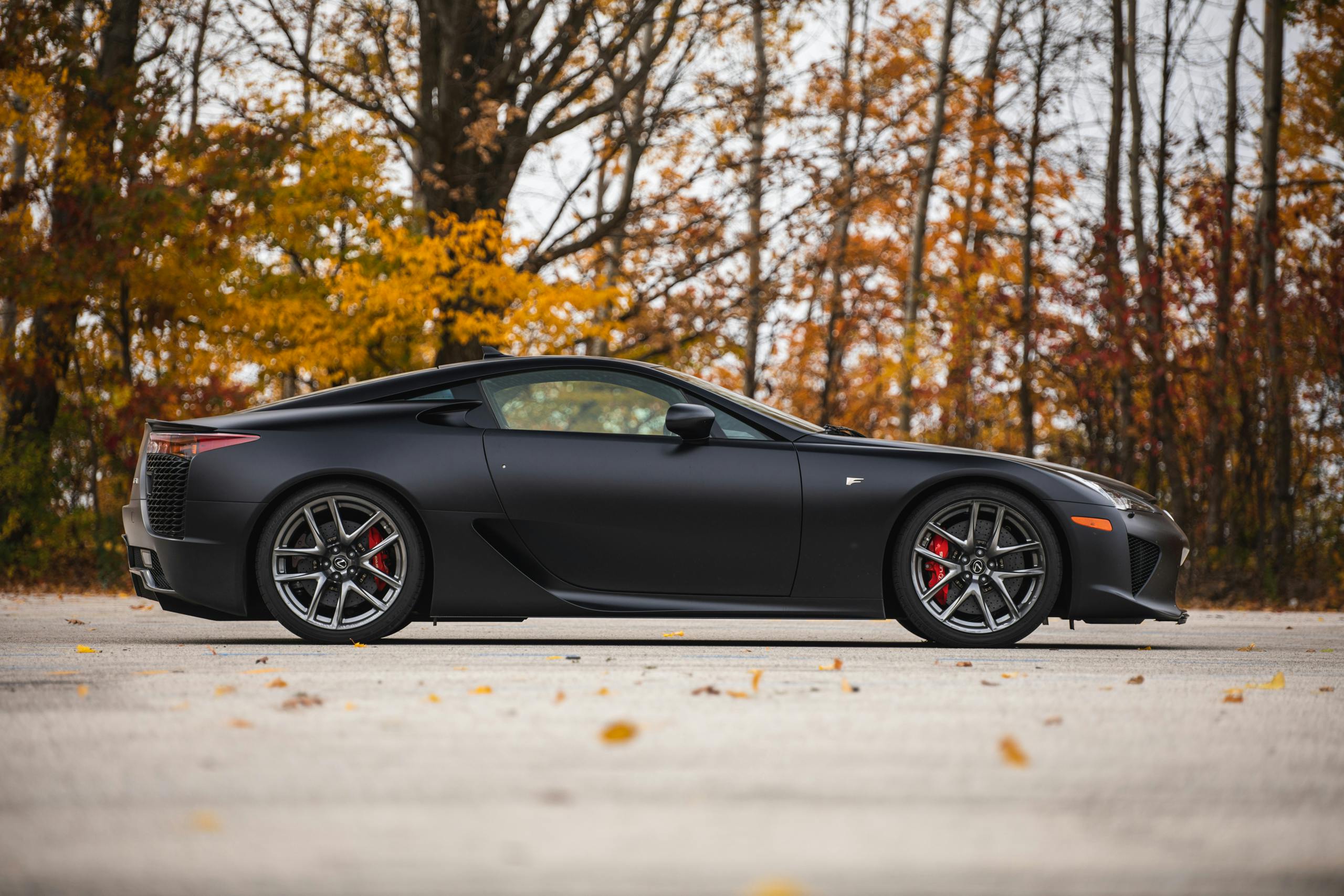














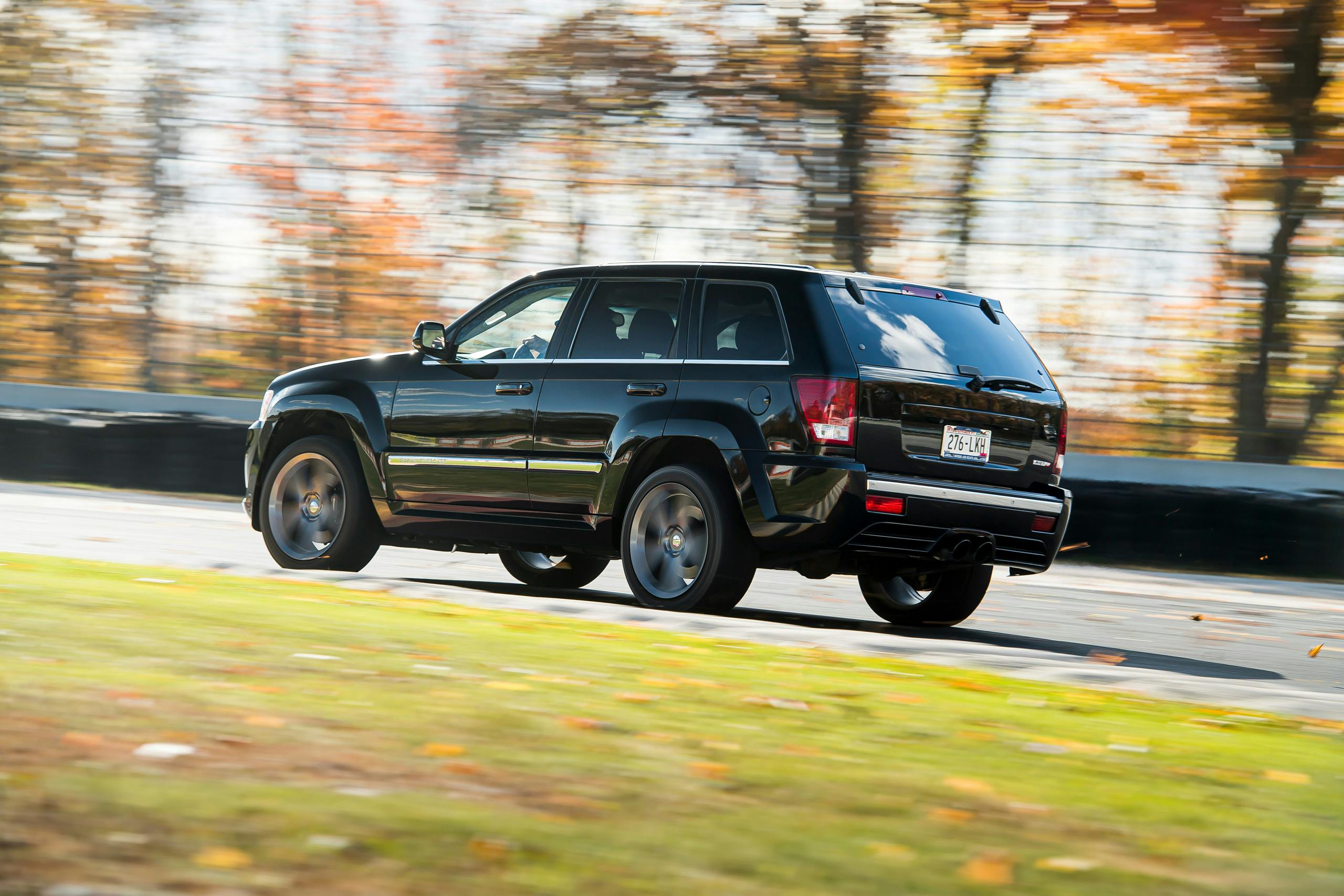

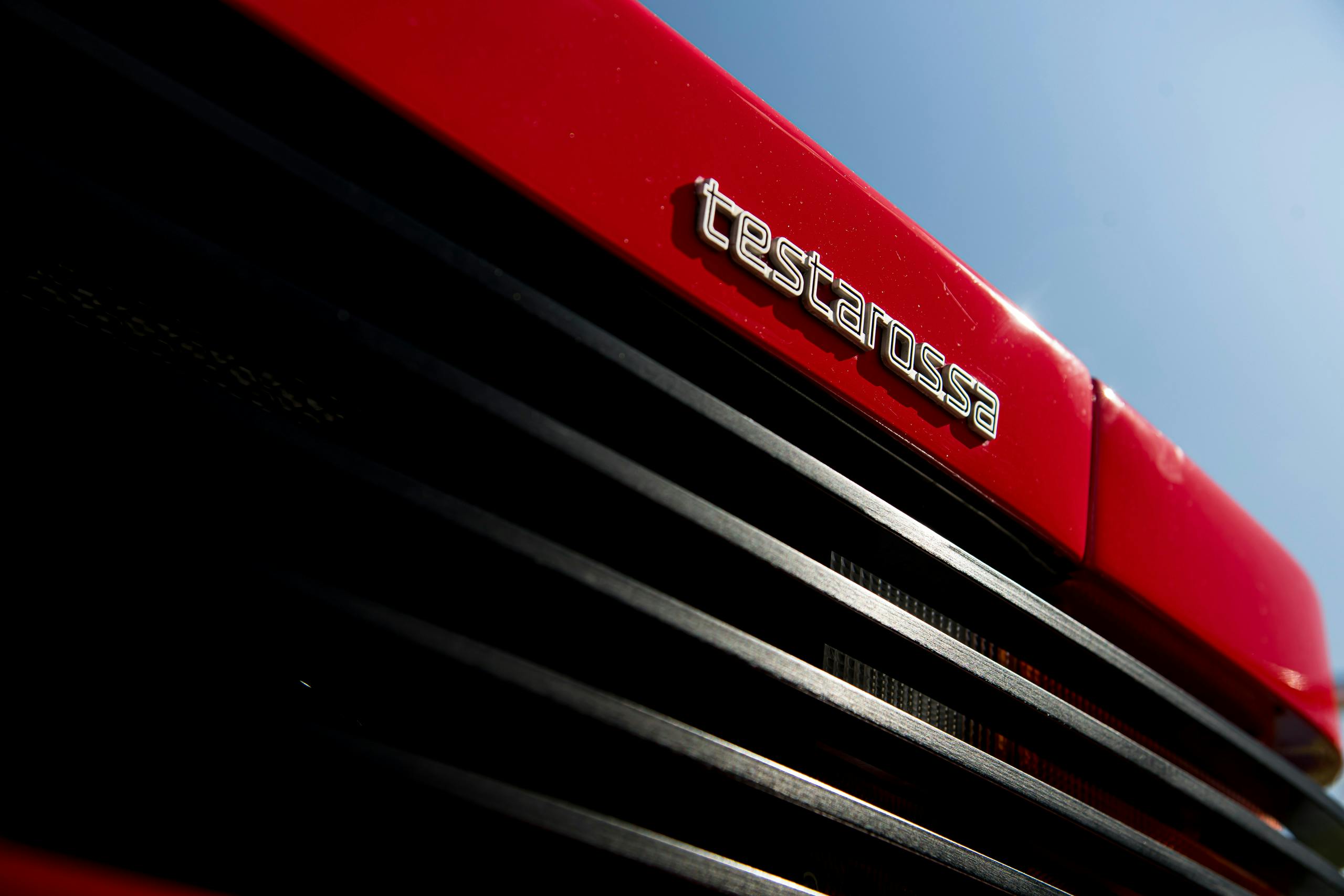

































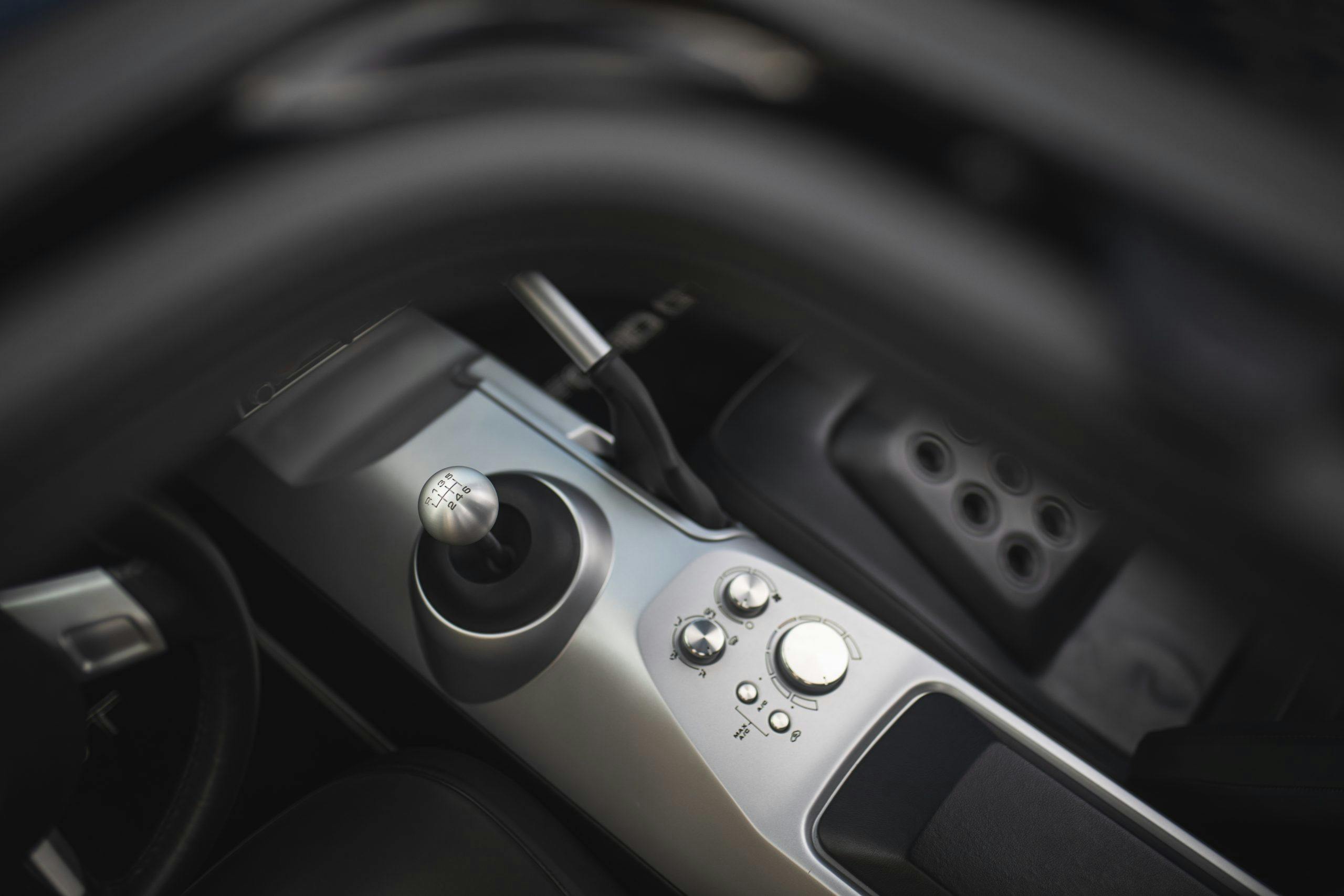














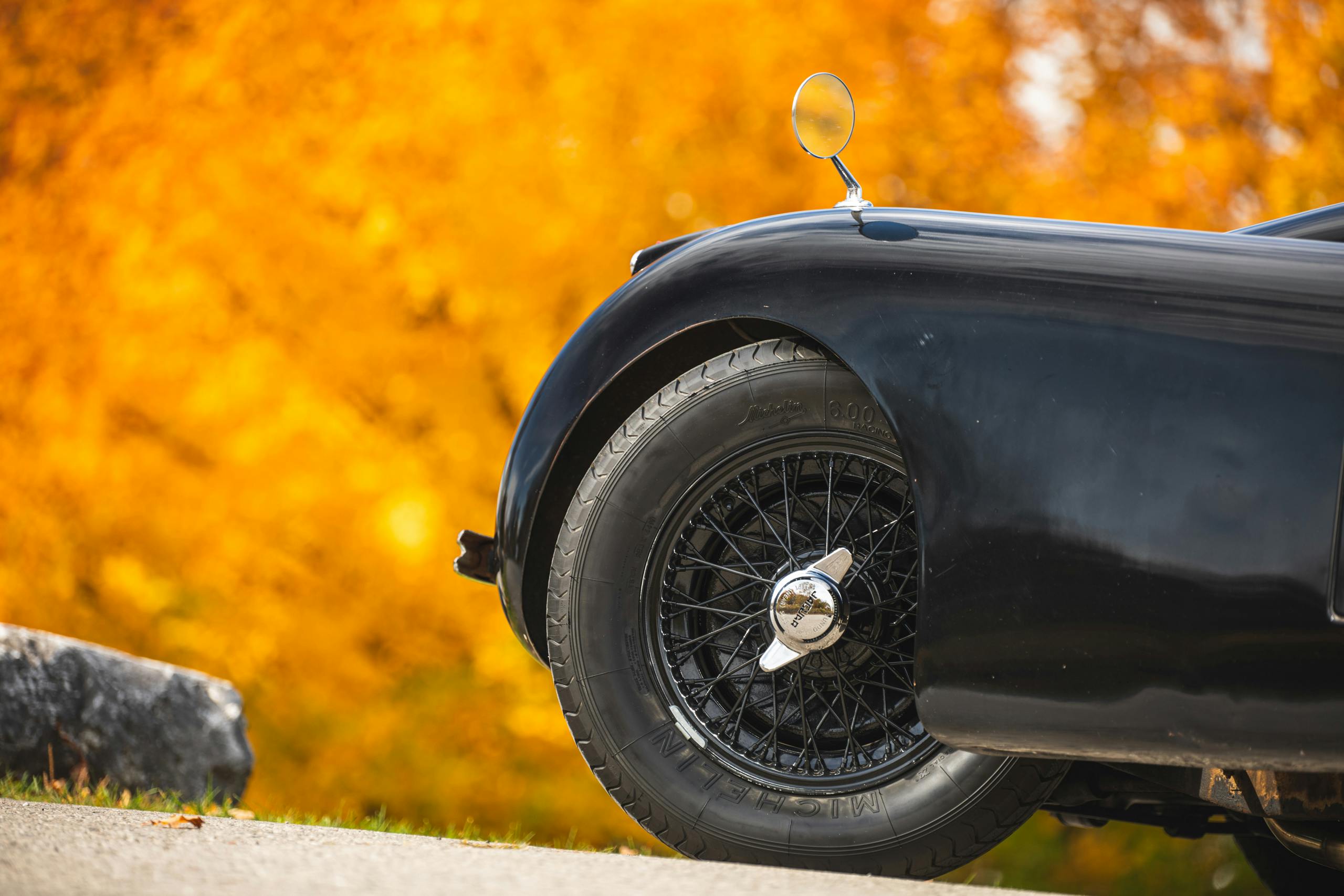


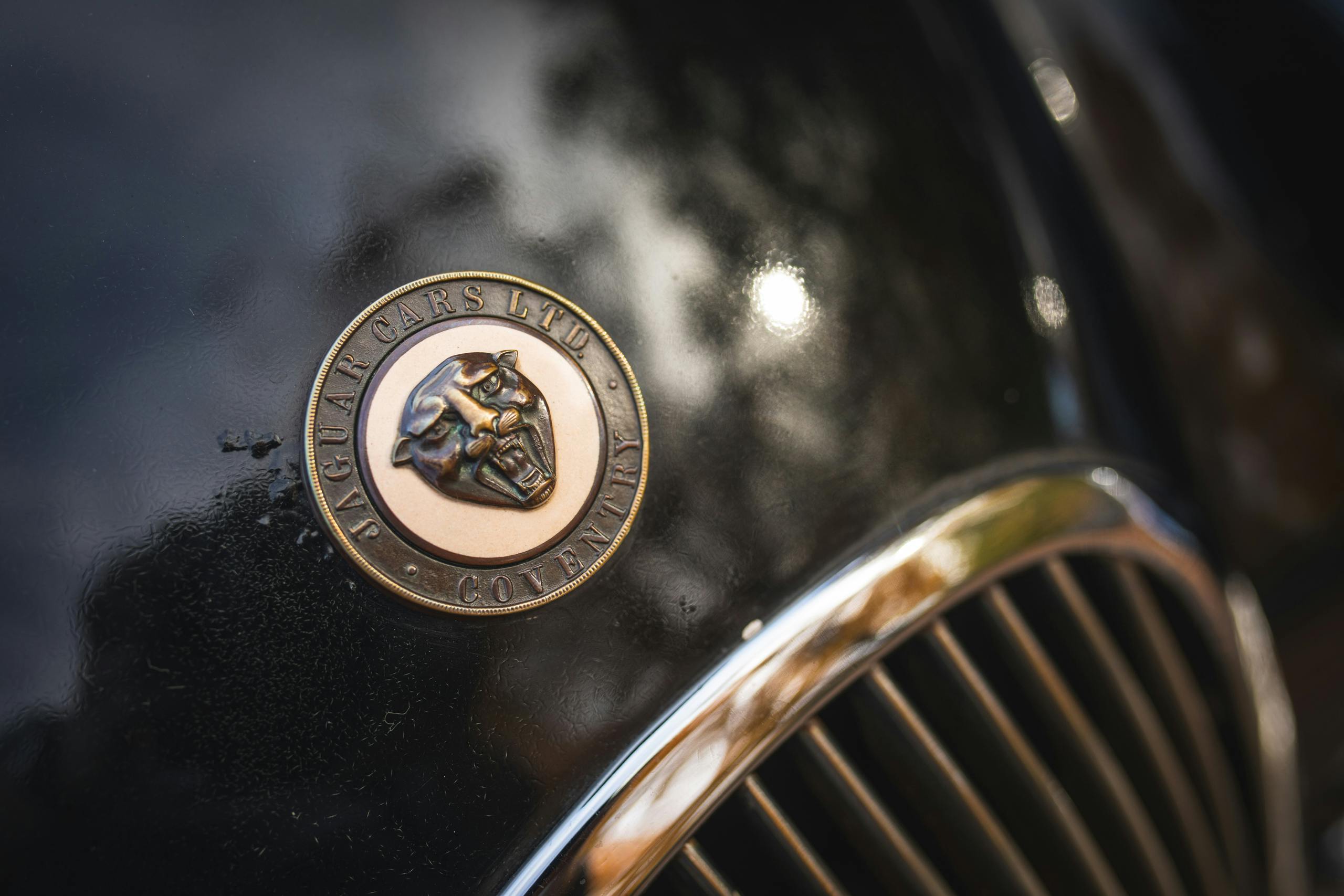




















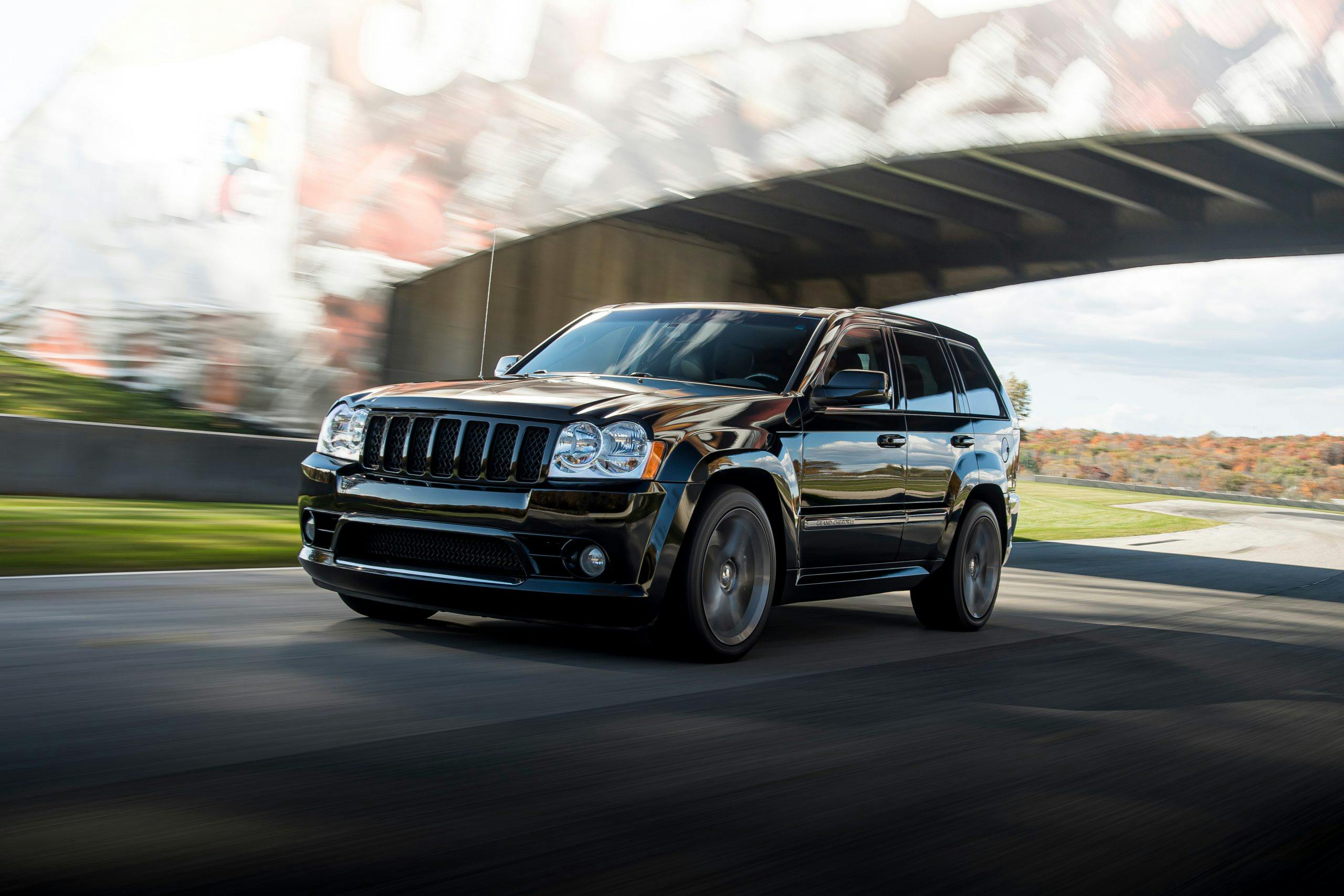




































































































We love our Westy. She’s priceless !